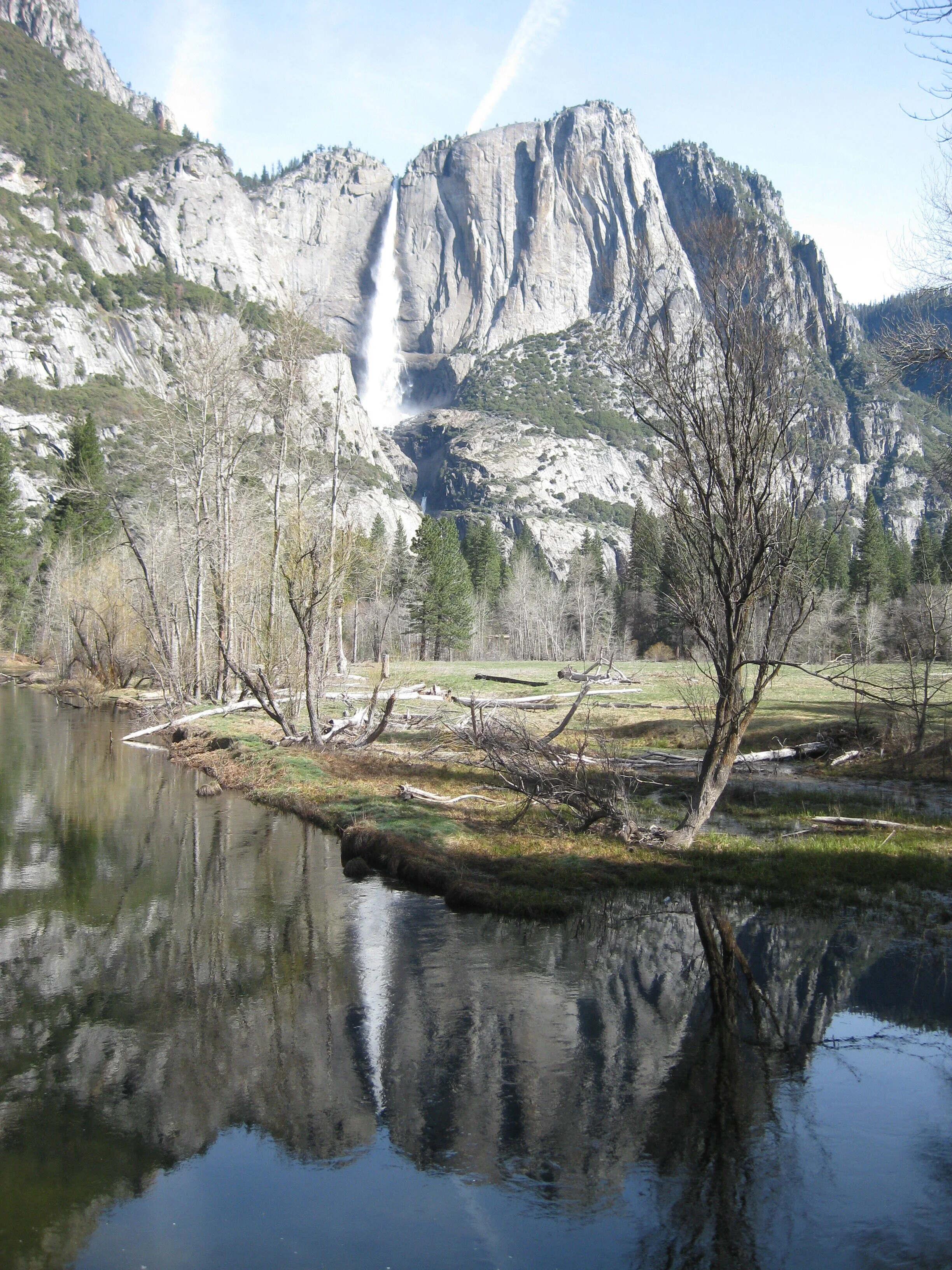Being Asian in America
I’ve been wrestling over how to respond to my grown children’s query: “Mom, how do you feel about the rising Asian-American hatred in America?” We have all seen the videos of the attacks on elderly Asians, and our children worry that as my husband and I consider traveling again, we may become easy targets. They remind us to be careful, they fear for our safety. They suggest, maybe we should postpone any travel plans. On one hand, I understand that sadly, racism is nothing new to America; on the other hand, this new wave of racist violence directed at people who look like me, who remind me of my mother, my father, my grandparents, aunts and uncles, is hitting home in a deep, visceral way.
There’s plenty of media coverage on this. A recent BBC piece noted that “some have directly blamed the anti-China rhetoric of former President Donald Trump, who often made mention of the pandemic as the "China virus" or the "kung flu".” According to activist Amanda Nguyen, these incidents are best explained by the "widespread omission" of Asian Americans within cultural conversations. "We are in a moment of reckoning right now," Ms. Nguyen adds. "We have been systematically erased on every single level and people can start to combat that by educating themselves about us."
The New York Times attempted to provide this “education” by featuring Asian American photographers responding to the question, “What does love look like in a time of hate?” Also featured, an essay, “The Love We Carry” by Celeste Ng, and she writes: “Our faces mark us, in the eyes of too many, as foreigners, no matter how long we’ve been in the United States. When your face makes you vulnerable, one solution is to disappear: Keep your face hidden; don’t go far from home; don’t leave the house at all. Some advocate becoming hyper-American. Change your name; change your smile; wave the flag — camouflage yourself with what we’re told Americanness should resemble, which is to say: not us”.
My husband and I immigrated from the Philippines in 1979, and both our children were born in the US. In, Here I Am Learning Along the Way, I wrote that raising kids in bi-cultural environment is complicated. By this I mean, a Filipino household within an American community. We raised our kids observing most of the Filipino customs and tradition. Ng, a Chinese American, writes in themes that are familiar to me. We greet someone by asking if they’ve eaten yet. We fuss over our children, worry if they have money, getting enough sleep, or forgetting to pray. Even as they’ve grown, we continue to send them food and care packages. This is how we’ve learned to express love: as a concern, as some type of worry. “And the response, don’t worry, Mom, I’m doing fine, is an expression of love too”.
Having grown in a homogenous society, my husband and I were unfamiliar and ill-prepared to raise our kids in a multi-cultural environment that is America. But as luck would have it, we got an early lesson on bias at our daughter’s Catholic baptism. The priest reminded the young parents that the children will have enough biases to deal with as they grow up, and as parents, we ought to spare them from own biases. This became one of our parenting mantras: not to taint our kids with our own biases. And maybe that has worked.
Our family is growing in more multi-cultural, unbiased ways than my husband and I could have ever imagined. Our son and daughter are now married to people who do not look like us; they also belong to different faiths. Our daughter and her wife recently became the parents of a beautiful baby girl – our first grandchild.
Ng writes, “A picture can’t prove someone’s humanity – at least not to those determined to see you as other… There is value in choosing how to be seen, in reclaiming the right to select the face you show the world, in insisting that others see you as you know yourself to be. In proudly and boldly framing ourselves in the ways of our choosing, to say: Here I am, this is me…”
In the face of the rising Asian-American hate in this country, I’d like to reclaim the right to be seen as I and my Asian American family know ourselves to be: a picture of humanity, a picture of love in a time of hate. Here we are, this is us: It looks like our son and his wife on their wedding day under the chuppah. It looks like our daughter and her wife on their wedding day under the linden trees, with the “Ave Maria” playing harmoniously in the background. It looks like our granddaughter, a perfect picture of humanity. She’ll grow up to join her Filipino grandparents, just like her parents have, in a traditional meal that always includes rice and patis (fish sauce). She’ll hear me express my love as a concern, a type of worry: is she eating well, sleeping well, or remembering to pray. And I’ll know that her response, don’t worry Mama T, I’m doing fine, is an expression of her love too.



